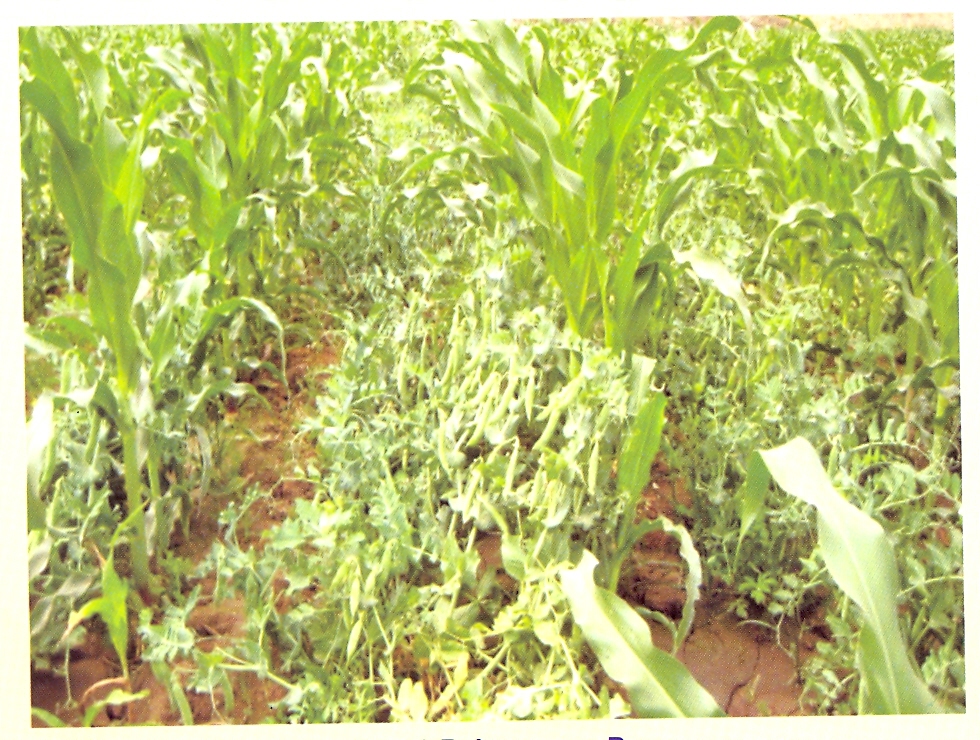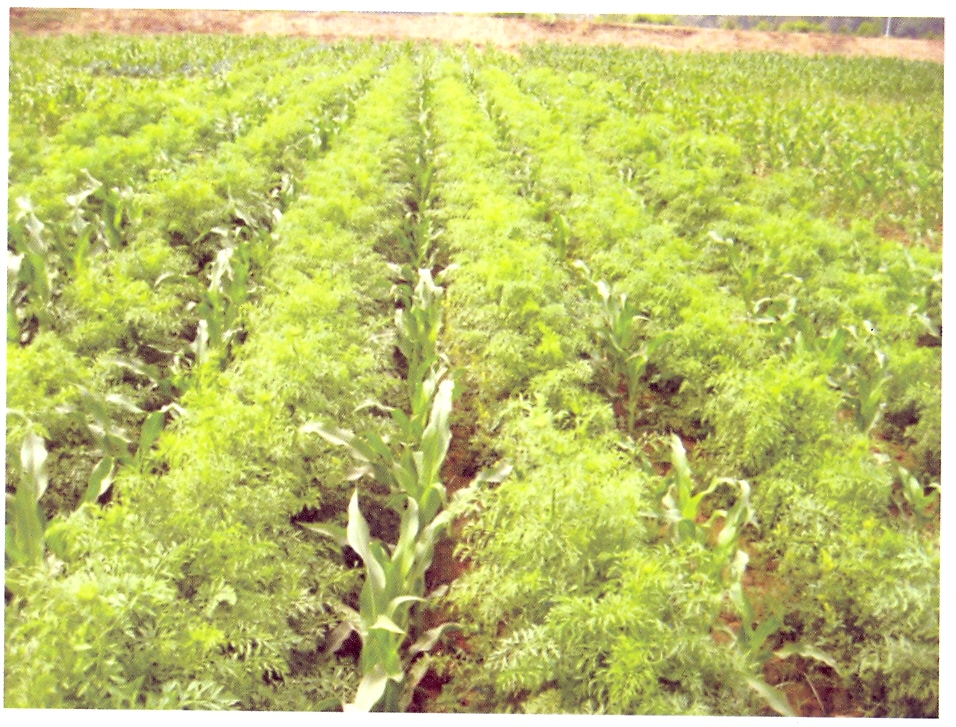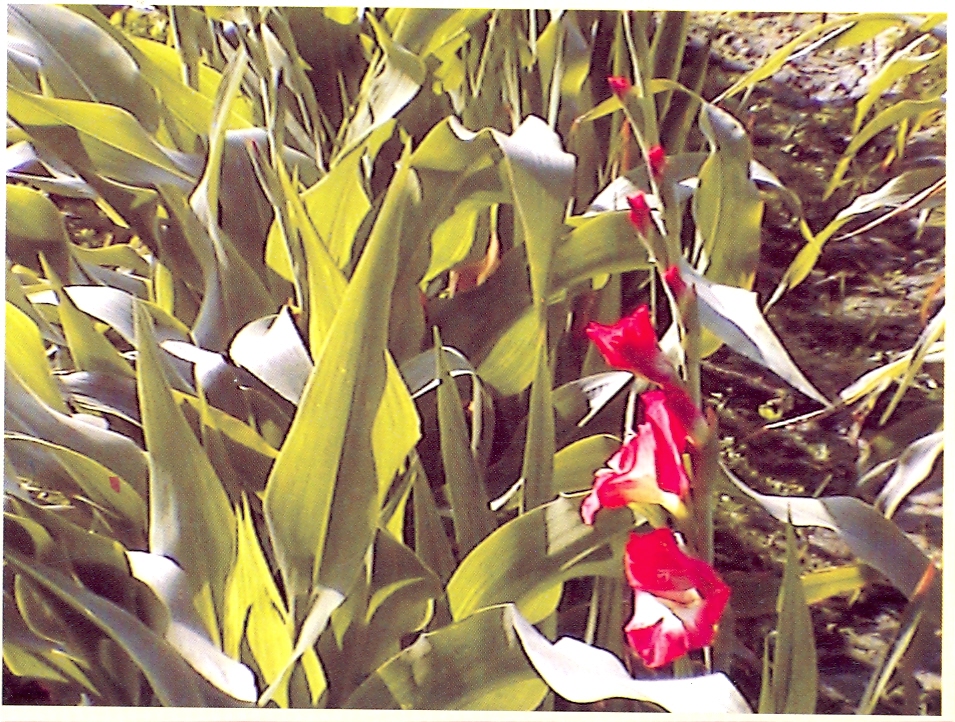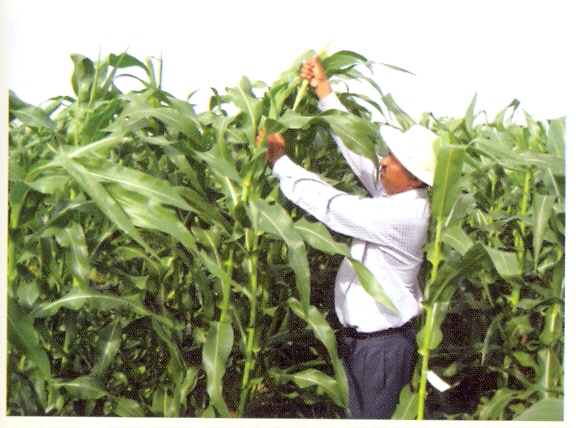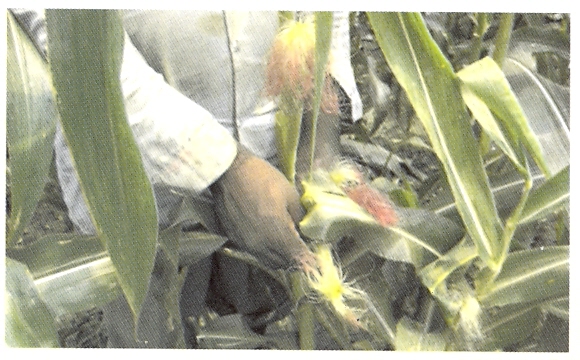|
Intercropping :
Baby corn is very remunerative, if it is cultivated with intercrop. As many as 20 crops, namely potato(Fig. 12),
green pea(Fig. 13), rajmash for green pods, palak (Fig. 14), cabbage (Fig. 15), cauliflower (Fig. 16), sugar
beet (Fig. 17), green onion, garlic, methi, coriander, knol-khol, broccoli, lettuce, turnip, radish, carrot
(Fig. 18), french bean, celery, gladiolus (Fig. 19), etc. have been successfully tried in the winter season.
Since, the season is long therefore, farmers can utilize his lean period and get additional income through
intercropping in babycorn. There is no adverse affect of intercrops on baby corn and vice-versa, rather, some
of the intercrops help in improving soil fertility and protect the baby corn
crop from cold injury. Intercrops protect the baby corn from northern cold wind because baby corn is
planted on southern side and intercrops in northern side of the ridge. In general, short duration varieties
of intercrops are preferred for intercropping with baby corn. Recommended dose of fertilizers of intercrops
should be applied in addition to the recommended dose of fertilizers of baby corn. In kharif season, cowpea
for green pods and fodder purposes, urd, mung, etc. can be intercropped with baby corn. Numbers of intercrops
are option for the farmers but for commercial purpose, pea and potato can be taken on large scale during winter season.
|
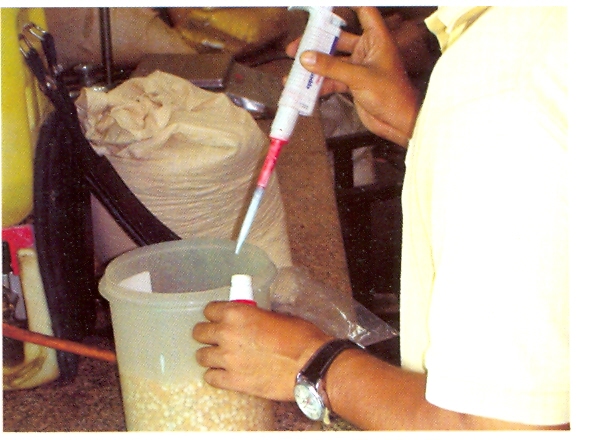

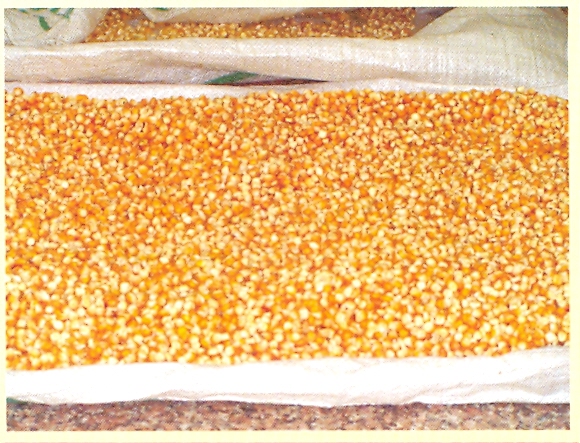
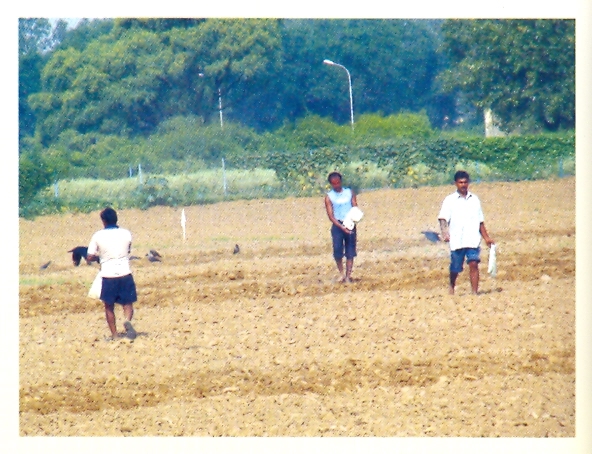


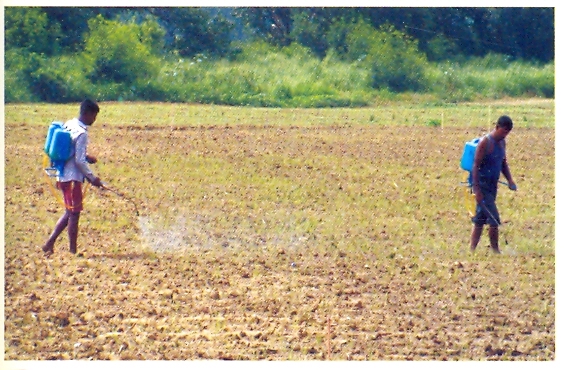
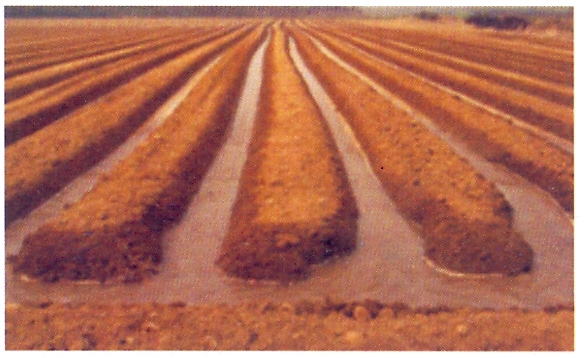

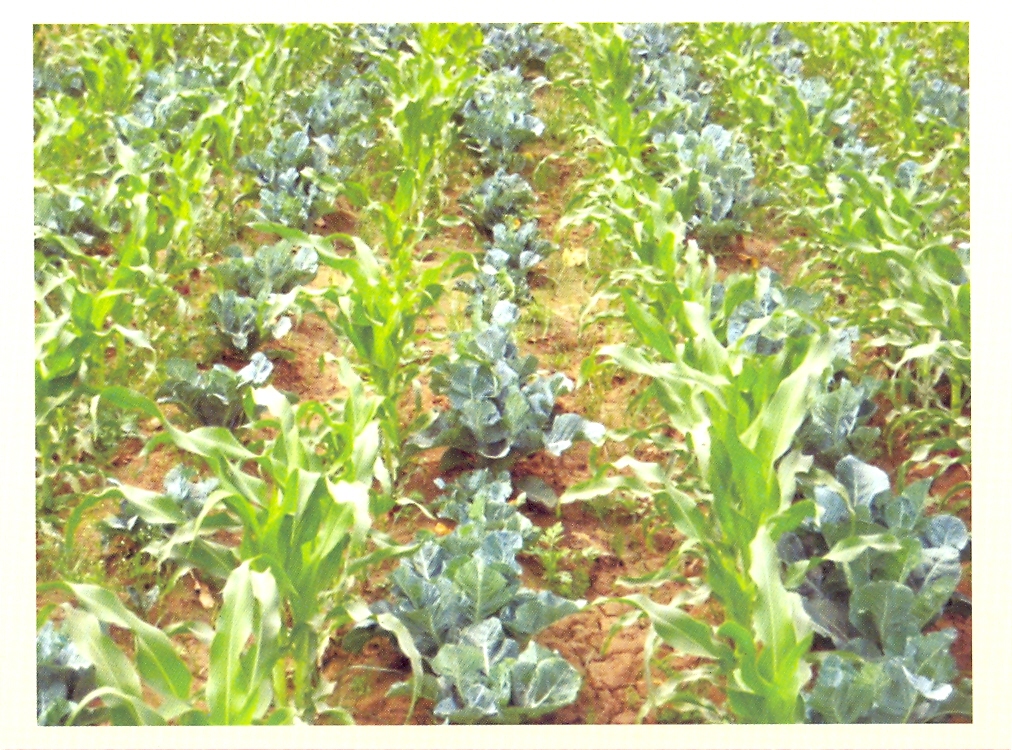
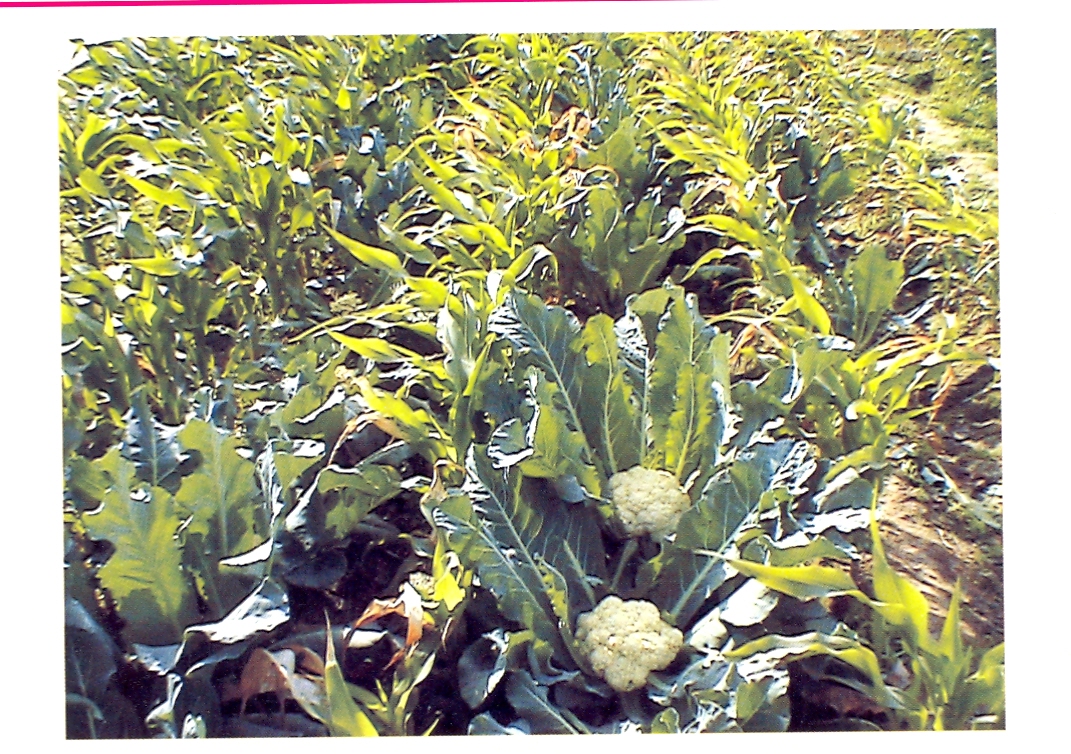 Fig. 14 Baby corn + Spinach
Fig. 14 Baby corn + Spinach

